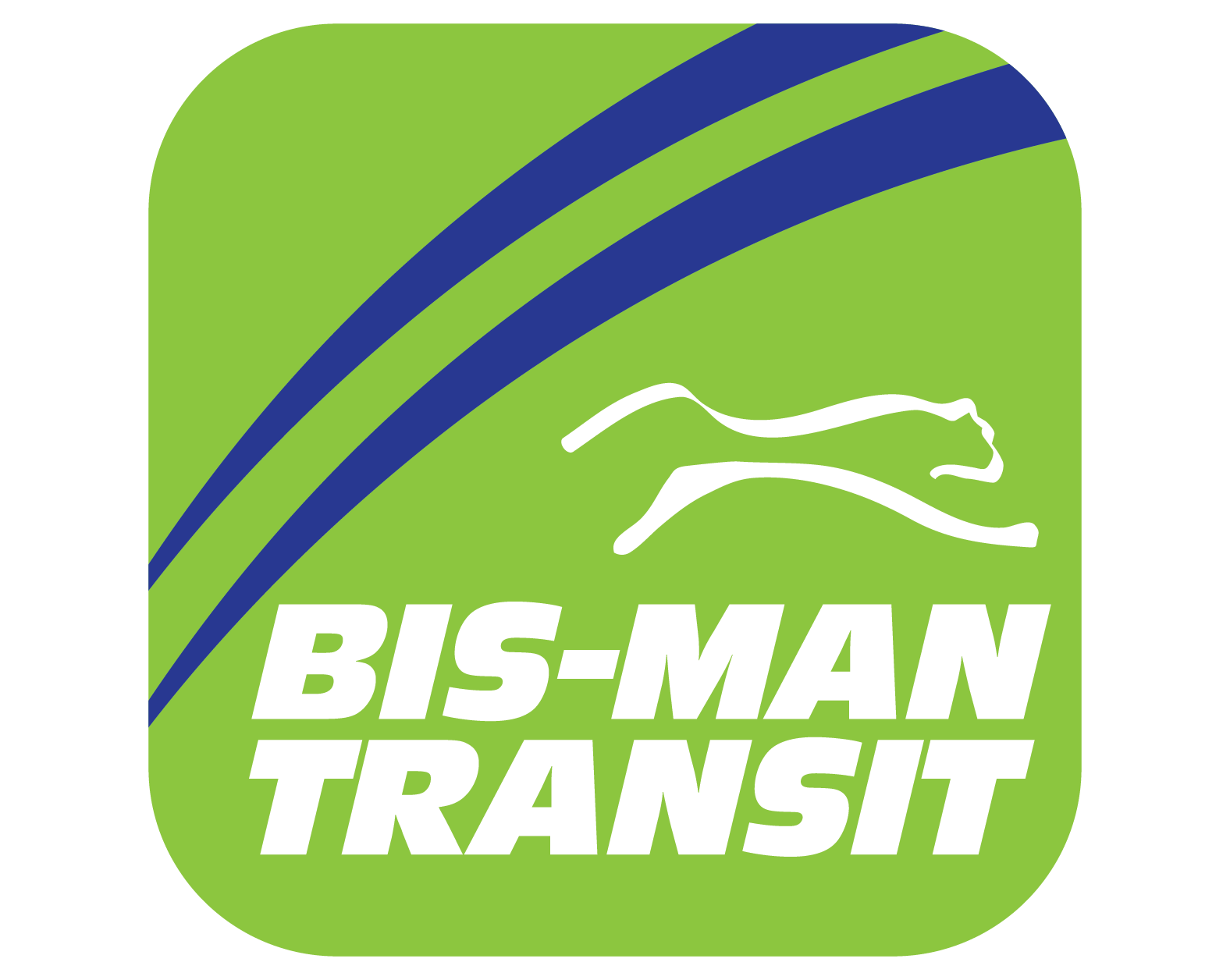Follow Us x
Our Mission:
Bis-Man Transit delivers valued public transportation, linking people, jobs and communities.
Our Vision:
Our vision is to provide safe, reliable, and efficient public transportation to support the overall quality of life in our communities.
Our Mission:
Bis-Man Transit delivers valued public transportation, linking people, jobs and communities.
Our Vision:
Our vision is to provide safe, reliable, and efficient public transportation to support the overall quality of life in our communities.
Why Bis-Man Transit
Benefits of Using Public Transportation
Approximately 6,800 organizations provide public transportation in the United States, ranging from large multi-modal systems to single-vehicle special demand response service providers. 7.8 million Americans commute to work on transit.
- Transit systems provided service for more than 9.97 billion unlinked trips in 2019.
- Bus travel accounted for 4.66 billion trips.
- 56.1 billion transit passenger miles were traveled in 2019.
- Bus travel provided 19,185 million passenger miles (34.2 percent of all miles).
- 34 million times each weekday, people board public transportation.
Since 1995, transit ridership has grown by over 2.2 billion trips. Public transportation's broad reach extends to all of America's communities, large and small, and all of Americans' diverse lifestyles, providing freedom and mobility for citizens across the country. It also supports the country's critical national goals and policies, including helping to conserve energy resources, thereby decreasing the dependence on foreign oil.
The rebirth of public transportation is a critically important part of America's future, providing more capacity, creating more choices and helping address the needs of a growing and changing population.
Saves Fuel, Money
A great way to save money as a household is to use public transportation; it is the quickest way to beat high gas prices. According to the American Public Transportation Association, a two-person household can save, on average, nearly $10,000 a year by downsizing to one car. Public transportation not only saves you money, but it provides an affordable and necessary alternative to driving.Public transportation has a proven record of reducing congestion. Public transportation in the U.S. helped avoid 148 billion miles of auto travel, and helped avoid 6 billion gallons of gasoline use in 2018.
Reduces Carbon Footprint
Public transportation in the United States saved 63 million metric tons of carbon dioxide equivalent in 2018. One person with a 20-mile round trip commute who switches from driving to public transit can reduce his or her daily carbon emissions by 20 pounds, or more than 4,800 pounds in a year. A single commuter switching his or her commute to public transportation can reduce a household's carbon emissions by 10 percent and up to 30 percent if he or she eliminates a second car.
Provides Access to Essential Needs Later in Life
A survey of Americans aged 65 and older found that non-drivers take 15% fewer trips to the doctor, 59% fewer shopping trips and restaurant visits, and 65% fewer trips for social, family, and religious activities than those using an individual vehicle. Public transportation is a way for these non-drivers (particularly low-income seniors and disabled individuals) to gain access to important services and activities that improve public health such as: healthcare appointments, basic shopping, banking, education, and employment opportunities. Public transportation provides personal mobility and freedom for people from every walk of life.

